Shirl Donaldson is an assistant professor of project management, STEM education and entrepreneurship in the University of Michigan-Flint’s College of Innovation and Technology. She is researching Donk car racing and whether it can help change the way minoritized kids think about STEM subjects in relation to themselves.
“When it comes to racing, tons of money is spent on the sport. Some teams have budgets in the billions. But African Americans are visibly absent. Except for Donk racing. You go to Donk racing, you see a whole audience of African Americans, and a few other people sprinkled in. In contrast, if you go to an Indy car race, you gotta look around, and try to spot us.”
Shirl Donaldson, Asst. professor of
project management, STEM Ed and Entrepreneurship
What is Donk racing?
A Donk, strictly speaking, is a fifth-gen Chevy Impala or Caprice (1971-76) with at least a 26” wheel on it, low profile tires, and lifted suspension to accommodate those wheels. To put your vehicle into one of the Donk categories and race, vehicles have to meet some pretty tight specifications. There are also ‘G Body classes’ which admit a wider range of 1969-88 GM makes. You might see a mid 80’s Cadillac Brougham in one of these races, or an Olds Cutlass, but it will have at least 22” wheels on it.
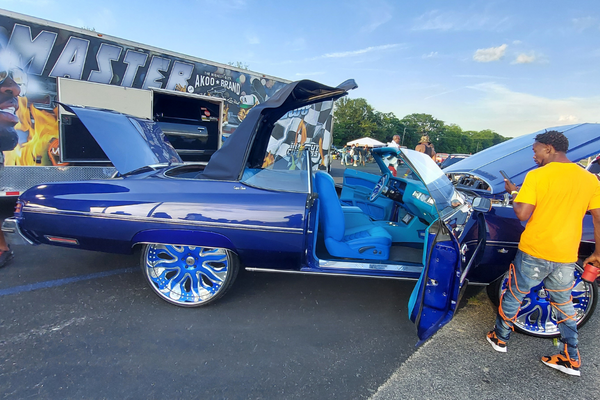
Donks are a category of hi-riser vehicles that came out of the “dirty south” hip-hop subculture in the early 90’s. Some say the name came from a colloquial reference to the ‘Impala’ logo as a ‘donkey,’ others point to the fact that the front suspension sits the car slightly higher than the rear, giving the car a unique stance on the road. These cars were gorgeous, initially meant for show and cruising, but then legends like Murff Donk started street racing them in Miami. Donk racing increased in popularity and legitimacy, and now there is a National Donk Racing Association, which offers structured rules, a curated fan experience and marketing support for Big Wheel racing.
Project origins
It was a car that led to the unusual epiphany to research this intersection. Donaldson’s husband, a tool-and-die maker, had an ‘87 Cadillac Allanté. When he passed away, the car went into storage for safekeeping until their son turns 25 (three years to go!). This past winter, the relative was moving, so she and her current partner went to pick up the car. “Unfortunately,” she says, “we accidentally picked up COVID along with the car.”
The resulting TV binge led Donaldson to start thinking in a new way. “My partner,” she says, “watches all the car shows because he’s a retired mechanic.” As he’s flipping through the channels, he comes across Donkmasters. “I’m watching the first episode, and I’m like ‘this is crazy.’ Then I’m like, ‘this is cool,’ and then I’m like, ‘do you see everybody?’” People of all ages are in the crowd and mostly African Americans.
Before becoming a CIT professor, Donaldson was a high level manager in manufacturing, and she specialized in project management and LEAN Process Improvement. She has an extensive background in the intersection of entrepreneurship and manufacturing from her family’s business running machine shops that supplied Tier 1 automotive companies. She saw all of these disciplines at play in the show.
“And I’m seeing them race, and with my traditional training, I notice that everything they’re doing is the antithesis of traditional racing. Like aerodynamics, they’re big cars, not little cars. They’re sitting up high, not low to the ground,” Donaldson says. “That really grabbed my attention.”
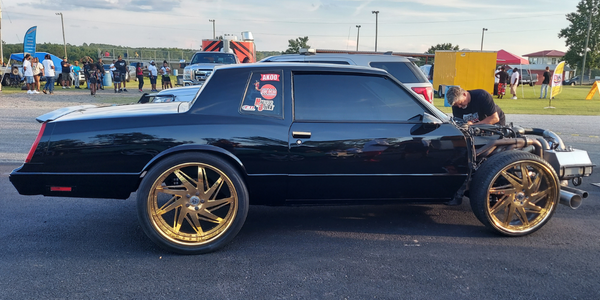
She then started focusing on the conversations that the drivers and mechanics were having about how they prep the vehicles, how they’ve modified the vehicles, what they do to customize them, the rims, the tires, the whole process. She muses, “I wonder if these kids realize that they’re watching applied engineering and material science in action?”
STEM access
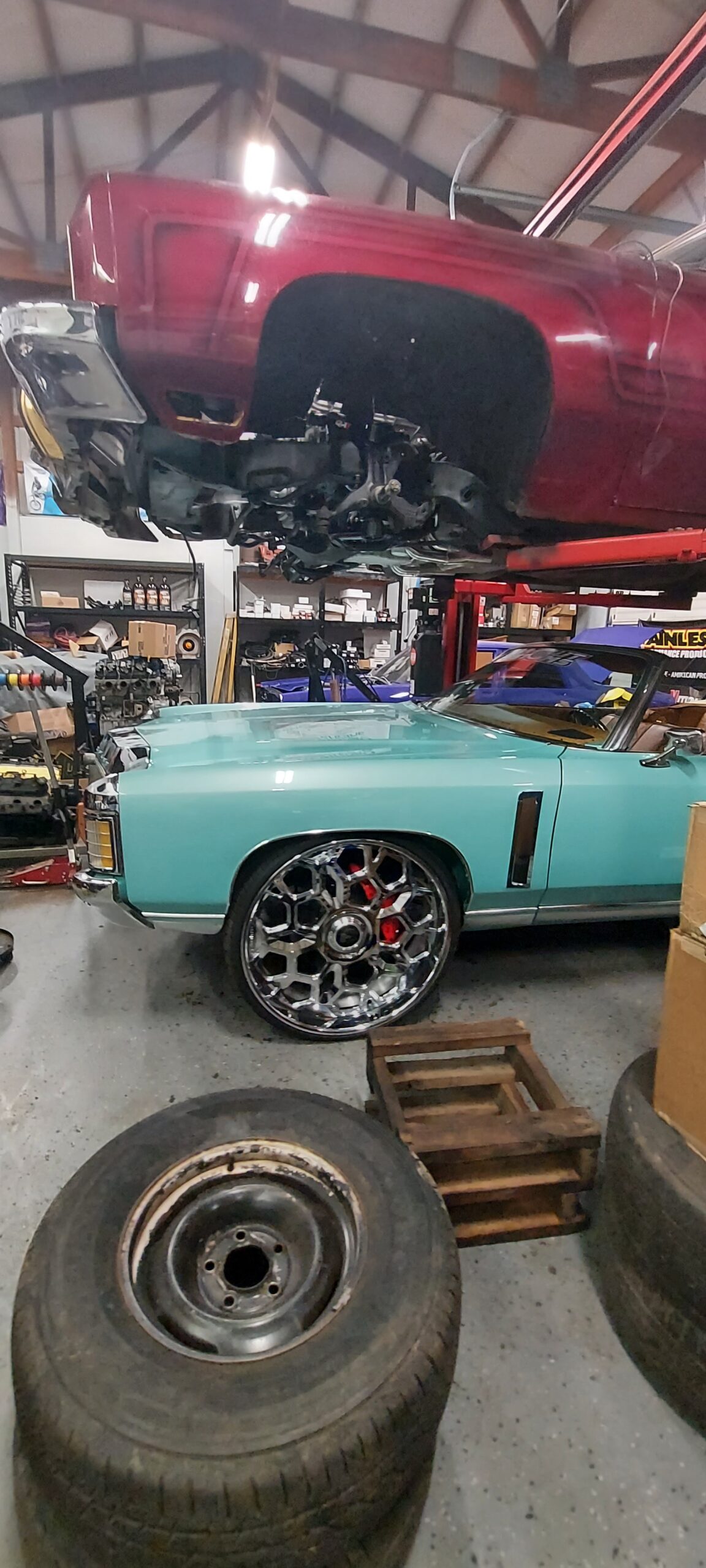
Donaldson is connecting that thought with current research that looks at STEM diversity. According to WIRED’s “5 Numbers that explain why STEM diversity matters to all of us,” the US Science and Engineering workforce in 2018 was around 86 million and growing ahead of employment in other fields. The report continues that 84% of these roles were filled by white and Asian males. Companies and countries who increase diversity in the management of these fields will reap major economic benefits, according to a University of Maryland and Columbia University Business School study the article cites.
When it comes to education, Donaldson says, “Zip code matters.” She relays that, when she was going to graduate school at Purdue University, her son was around 9 years old, and they lived in West Lafayette, Indiana, where the school was located. “Because so many professors lived there and they voted to support the millage for the school system, it was almost like getting a private school education for free. West Lafayette public schools have a blue-ribbon designation by the US Department of Education, whereas if you go 5 miles across the bridge from West Lafayette to Lafayette, it’s a totally different school system with totally different priorities.”
After grad school, Donaldson started recognizing the ways this translates to students’ sense of persistence and mattering in higher education as well. “I worked at UT Tyler, which is regional, and then I worked at UT Austin, and there was a totally different caliber student, based on who they admitted, how students were prepared, be they a minority or of dominant culture,” she says. “So we have to be aware of that. Sometimes it’s racial, sometimes it’s socio-economic, sometimes it’s family background. I became acutely more aware of how preparation can impact a student’s trajectory.” Again, this circles back to the importance of reaching students earlier. She says, “that gives all of us more options, an opportunity to impact change.”
Donk racing is unique in this sense of perceived access. Donaldson noted that, even after getting all of her passes to the Indy race she attended, it still cost $20 just to park for the event, which is the total cost of admission to the average Donk race. “Different types of motorsports are less inclusive. It’s definitely an access issue,” she said.
Study how?
This year, Donaldson has been going to the races and surveying the kids and teens (ages 10-16), parents, drivers, and mechanics. She is asking the kids what their favorite subjects in school are and what they like about Donk racing. “If we can figure this out early, what they like, what they don’t like, and why they’re here (at the race); that’s a good starting point,” she says.
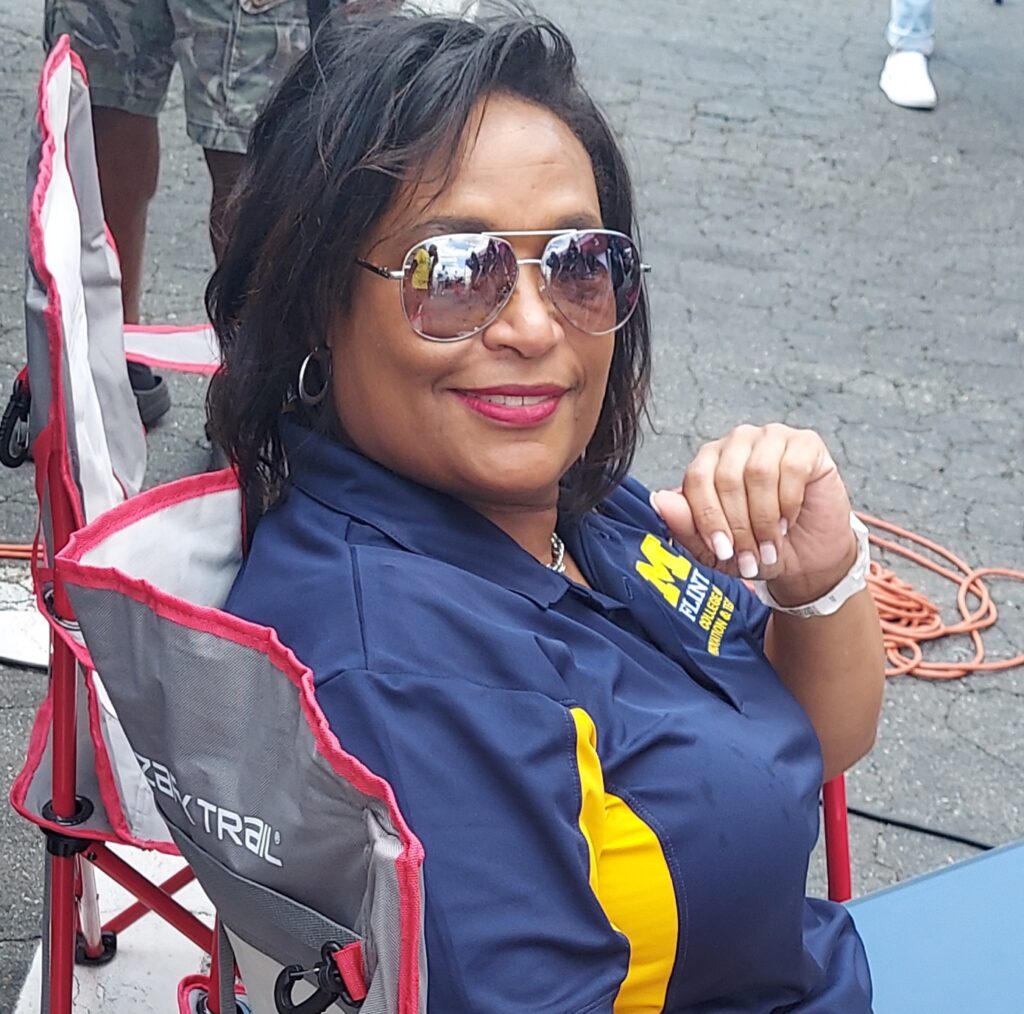
Donaldson explains that once we see the kids are interested in it, then we can expose them to the different vocabulary that exists in the formal STEM curriculum. “I hear you talking about this [aspect of Donk racing], there’s another theory behind that. We don’t say right or wrong. It’s just different. Because obviously, it’s working,” she says. “The caveat is that, if it was on a standardized test, they would probably get it wrong, but that doesn’t mean they don’t understand these concepts.”
From the drivers and mechanics, she’s gaining insight to all the ways that STEM principles are in their practices. A mechanic setting up a Nitrous system – “that’s chemistry,” says Donaldson. “When you get into the Indy car races and talk to the drivers, they’re using geometry to figure their turns.” Some of the mechanics are formally trained. Others progressed to the elite level through informal learning. “Language is our clue that there’s more conversation.The language is indicative of it occupying a different space, but the proof is in the results.” Sage Thomas, the ‘Donkmaster’ himself, began learning in his uncle’s garage and built his first Donk at 16 years old.
There are all sorts of engineering concepts that come to play as well. When the mechanics raise the suspension and switch to the big wheels, they have to modify the brakes and other components to compensate for the changes in center of gravity and wheel diameter. The NDRA requires parachutes, and roll-cages with certain specifications and an external shut-off switch to kill the motor and all electrical components.
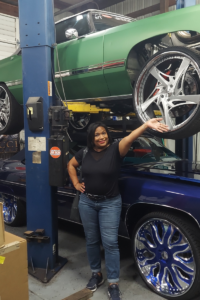
When she was at an Indy race, Donaldson got a chance to see a rich data collection of race stats. “That kind of data analytics may bring in some students who had not previously considered informatics or information technology.” This academic year, Donaldson is getting a graduate student research assistant to help analyze the qualitative data collected from the surveys.
She’s also integrating this into some of her classes at the CIT. She is teaching Manufacturing Project Management this term and plans to guide her students through the process of designing a part for one of the Donk racing teams. Denise “Babygirl” Markham, who shows big-wheel motorcycles and leads a women’s empowerment group, met Donaldson through her partner, Sage Thomas. Donaldson’s Digital Manufacturing Technology course, DMT 230, Manufacturing Project Managing students are designing a custom tiara gas cap ornament for her main motorcycle. She came to the class via zoom and talked to the class about the project requirements, specs, preferred materials and characteristics. She also explained why the project is important. For example, many of the men who show their bikes have crowns on their gas caps, but nobody followed through to make a tiara for her until Donaldson brought this research project into the classroom.
Next summer, Donaldson plans to design and test a STEM and career workshop that is related to Donk racing and motorsports. “This type of engagement is both informal learning and also applied learning,” says Donaldson. “Some kids are tactile learners. Initially, they may not feel comfortable dealing with formulas, but they’re doing the stuff.” This workshop may follow the pattern of the career day component at the Autorama hot rod show, but take place either locally or at the Donk races that happen across the country. “We do a lot of hands-on stuff at the CIT,” she says, “But when students are interested, and it’s something that’s important to them, they’re gonna make the extra effort, and you’re gonna hold their interest longer.”
It’s all in process at this point, but two things are clear: previous research shows that there is a diversity issue in STEM, and Shirl Donaldson is going to get some answers on the matter. Donk racing could certainly further diversify STEM.
